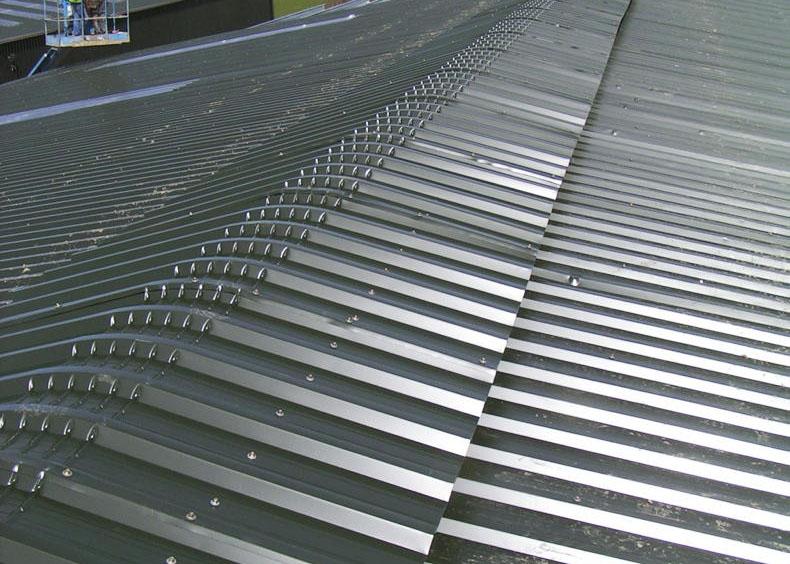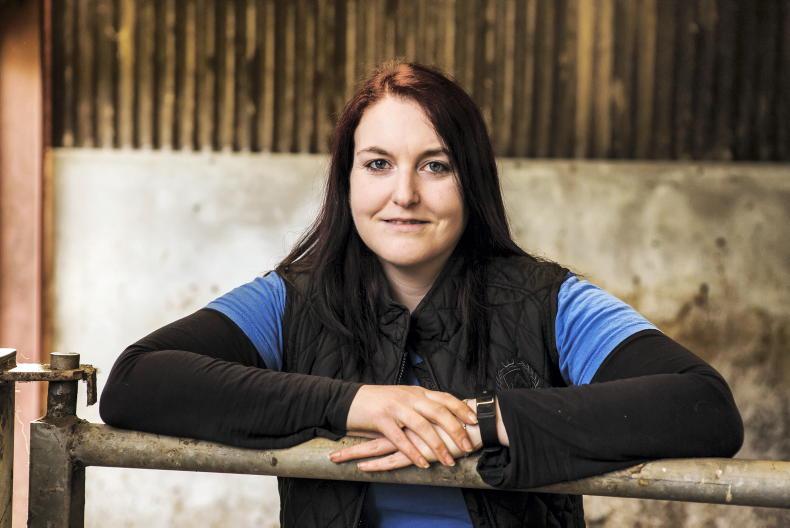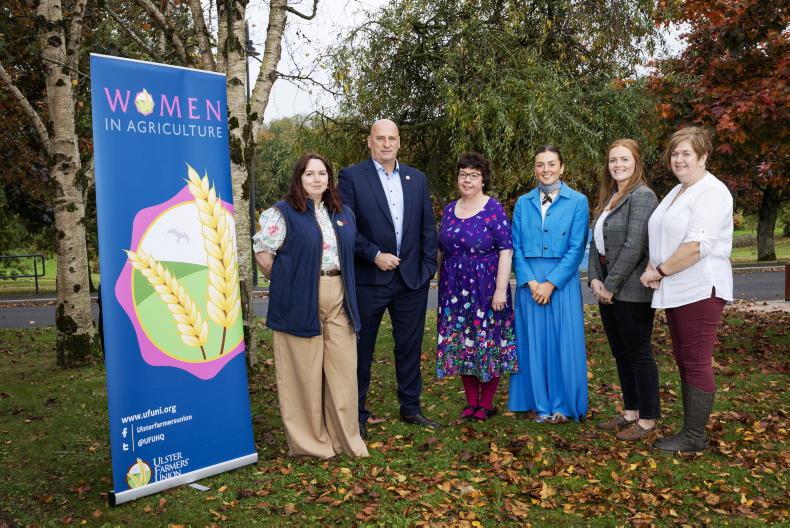The Women Farmers Capital Investment Scheme (WFCIS) is the final sub-scheme of TAMS III to open for applications, with a total of 10 tranches, catering for the €365m spend across the five-year scheme. A webinar hosted by the Department of Agriculture on Monday evening, in which they stated that the WFCIS “would be open in the next few days”, went through some of the main terms and conditions associated with the scheme.
The WFCIS is part of the new sub-schemes that have arisen out of TAMS III, designed to reward the contribution that women make to Irish agriculture, as well as to promote and encourage further involvement of women as part of the daily management and decision-making on Irish farms. Similar to some of the other sub-schemes, the WFCIS avails of a 20% higher grant rate than the standard 40% rate; with the WFCIS, Young Farmers Capital Investment Scheme (YFCIS), Farm Safety Capital Investment Scheme (FSCIS) Solar Capital Investment Scheme (SCIS), Organic Farmers Capital Investment Scheme (OFCIS) and expenditure on the Low Emission Slurry Spreading (LESS) equipment scheme, all eligible for a 60% grant rate.
Eligible items
The WFCIS is one of the largest sub-schemes within TAMS III, with 334 eligible items enclosed within it; on par with the YFCIS. Both schemes encompass much of the Animal Welfare and Nutrient Storage Scheme (AWNSS) investments, as well as the Dairy Equipment Scheme (DES) and some elements of the Tillage Capital Investment Scheme (TCIS), mainly concerning potato harvesting and storage.
Many of the other eligible items in other schemes not included in the WFCIS are available at the higher grant rate in their own respective sub-scheme, eg cattle and sheep-handling facilites under the Farm Safety Scheme.
Qualifying for the WFCIS
There are several ways in which a farmer/farm enterprise can qualify for the WFCIS. A female farming in her own right and identified as a woman on the Department system, aged between 18 and 66, can avail of the scheme as an individual. The age limit at 66 was highlighted by the Department as a means to “increase women farmers involved in farming at a younger age”.
With regard to a registered farm partnership (RFP) or a limited company, or those in a joint herd number, at least one member must be identified as a woman on the Department’s system, with proof of management for the reference year of 2022 available.
This reference year will not be adjusted, meaning that those in an RFP, or added as a director of a company after 2022 set to not qualify without relevant educational requirements, ie the Green Cert.
The Department has stated that for women who must complete an agricultural qualification in order to avail of the WFCIS, proof of enrolment in an appropriate course is sufficient to apply through the WFCIS. Grant aid will be paid out at the normal 40% rate at the time of the investment completion, with the remaining 20% released upon completion of the course. A joint venture such as a joint herd number will not meet the needs of the WFCIS, states the Department.
Grant rate
The grant rate for the WFCIS is set at 60%, with a €90,000 investment ceiling. RFPs can avail of a higher ceiling rate of €160,000, provided criteria are met. Where there is an RFP with at least two women, then the full 60% grant rate across the €160,000 ceiling can be availed of.
In the case of a RFP where there is a qualifying female farmer and a qualifying young farmer, 60% can be claimed across the full €160,000, provided that the grant application is submitted under the WFCIS. If the application is submitted under the YFCIS, then the grant rate will be paid out at a rate of 60% for the first €90,000, with the remainder up to €160,000 paid at the lower 40% rate.
Where there is an RFP between a female farmer and a male farmer/overaged female farmer, then the 60% grant stands for the first €90,000 expenditure, with the remainder paid out at the 40% rate.
The above ceilings of €90,000 for individuals and €160,000 for RFP/limited companies are independent of any expenditure in the SCIS and LESS equipment, which have their own separate expenditure ceilings.
Other points to note
As has been previously mentioned by the Irish Farmers Journal, a 120-cow limit exists for farmers availing of milking equipment in the DES, with this rising to 160 cows for those applying under the YFCIS. Therefore, a qualifying young female farmer could apply for relevant milking equipment under the YFCIS instead of the WFCIS, and be allowed to avail of the higher 160-cow band.
The Department also reiterated on Monday’s webinar that hire purchase/leasing of equipment is not permitted, and items must be owned outright to avail of TAMS aid. Bank loans on expenditure are permitted. Trading in of equipment must be on a like-for-like basis, eg a new bulk milk tank. The Department also highlighted that any items that had been claimed under TAMS II must remain on-farm for a minimum of five years before being sold or traded. Mobile items can be purchased on or after the date of submission of an application under TAMS, although acceptance to TAMS is not guaranteed and applicants may be left to foot the entire cost of the expenditure or risk losing deposits if they are unsuccessful.
All claims must be accurate, with the farmer claiming for what was actually built and not what was submitted as part of an application. For example, where farmers apply for a four-bay slatted tank and only construct a three-bay, then the claim must be for a three-bay tank. Geotagged photos (photos that digitally locate the place in which they are taken) will be required for all expenditure.
Tranche one of TAMS III is expected to close on 30 June, with tranche two set to open immediately afterwards, according to the Department.









SHARING OPTIONS